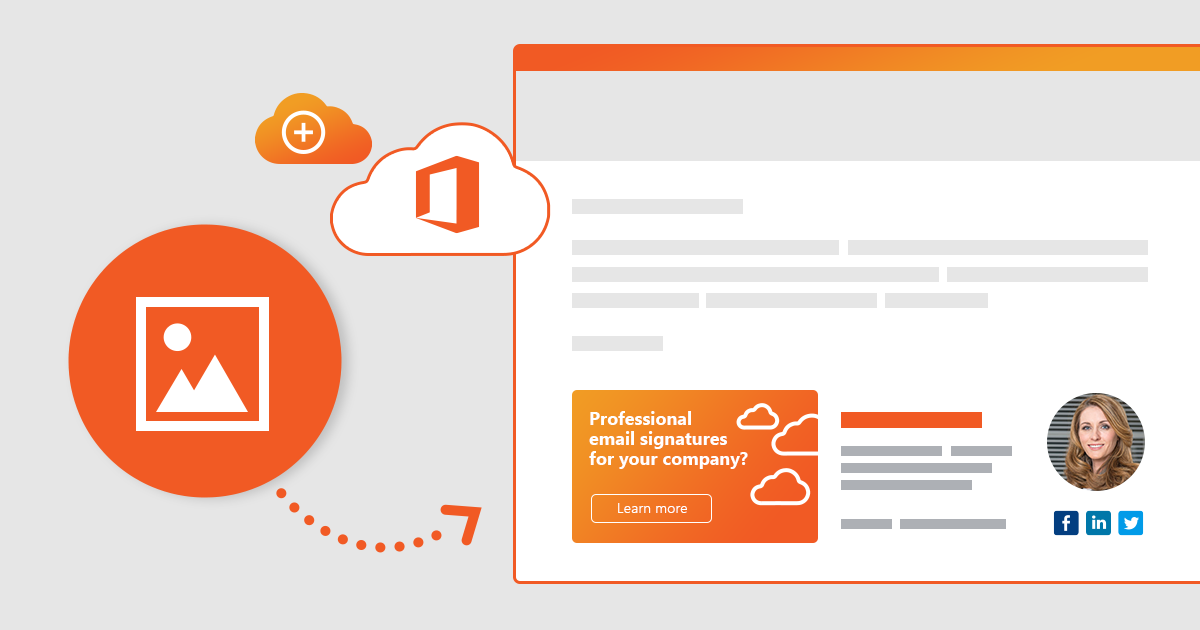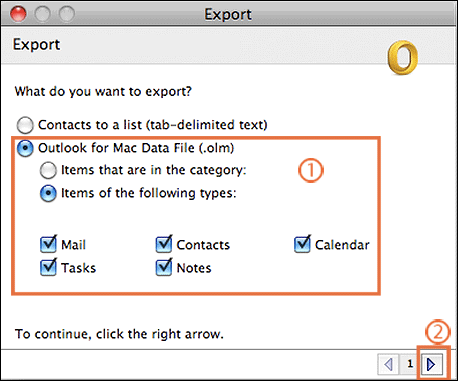

- Setting up signature in outlook for mac 2011 password#
- Setting up signature in outlook for mac 2011 free#
- Setting up signature in outlook for mac 2011 windows#
However, when you send an email with Outlook, it also saves another copy in your Sent folder there. Specific Instructions for Outlook IMAP Sent Itemsīy default, our SMTP Servers automatically place sent emails in the Sent folder. Close the Accounts tab, and you will be able to access your Zoho Mail account on Outlook for Mac.After the account details are validated, the details will be displayed in the Accounts tab.The Port Number field next to Outgoing server will be enabled now.Select the Override default port and Use SSL to connect checkboxes.Select the Use SSL to connect checkbox.Incoming Server: - for personal accounts (if you have a personal account).Incoming server: - for organization accounts (if your domain is hosted with Zoho).Type: Select IMAP from the dropdown list.Username: Your Zoho account email address or email aliases for organization accounts or if you have a personal account).
Setting up signature in outlook for mac 2011 password#
Setting up signature in outlook for mac 2011 windows#
If you’re running Windows Server in your company, you should be able to deploy multiple personalized email signatures for Outlook using a Visual Basic script.

A similar feature exists in Google Apps for Business and Exchange Online. In Microsoft Exchange Server organizations you can deploy server-level email signatures via the transport rules in Exchange 2019, 2016, 2013, 20. But when you have a large number of users and want to make sure their emails are stamped with unified signatures containing personal details, better start rolling up your sleeves.
Setting up signature in outlook for mac 2011 free#
A user can even create it on their own using one of the free email signature generators. Suggested readingĬreating a signature for a single user may be child’s play. 7), correct the errors directly in the document using e.g. Tip: If parts of the signature get copied incorrectly, you can always go to C:\Users\%username%\AppData\Roaming\Microsoft\Signatures, open the RTF version of your signature (in my case it will be called New signature.rtf – Fig. Compose your signature in Word, copy it into the Outlook 2016/2013/2010 signature editor and click Save. Use the built-in Outlook 2016/2013/2010 signature editor (a very condensed version of what you would get in Word), but bear in mind that it is a little clunky and achieving advanced effects can prove frustrating, if not impossible.ģ. Create your signature in email signature generator.Ģ. Now for the final step – designing/modifying the signature. Once you are in the Signatures and Stationery menu, either highlight the signature you want to modify, or click New, type in the name of your new signature and click OK – I’ll just call mine “New signature” ( Fig. Signatures and Stationery menu in Outlook 2013. If you have never created an email signature in your Outlook, the Signatures and Stationery menu should look something like this:įig. Outlook Options – Signature button in the Mail tab. In the resulting window choose the Mail tab and then click the Signatures… button ( Fig. Options button in Outlook 2013 Backstage view.ģ. Click File to go to the Outlook 2016/2013/2010 Backstage view ( Fig. Accessing the Signatures and Stationery menu via the new message editor.ġ. Method 1: When composing a new email, click INSERT and then click Signature, Signatures… ( Fig. There are 2 simple methods of doing this. To create a signature in Outlook 2016, 2013 or 2010, what you have to do first is get to the Signatures and Stationery menu (Fig.5). Option and menu names and locations used in this article are the same for Outlook 2016, 2013 and Outlook 2010. : This article was updated on October 28, 2019.


 0 kommentar(er)
0 kommentar(er)
